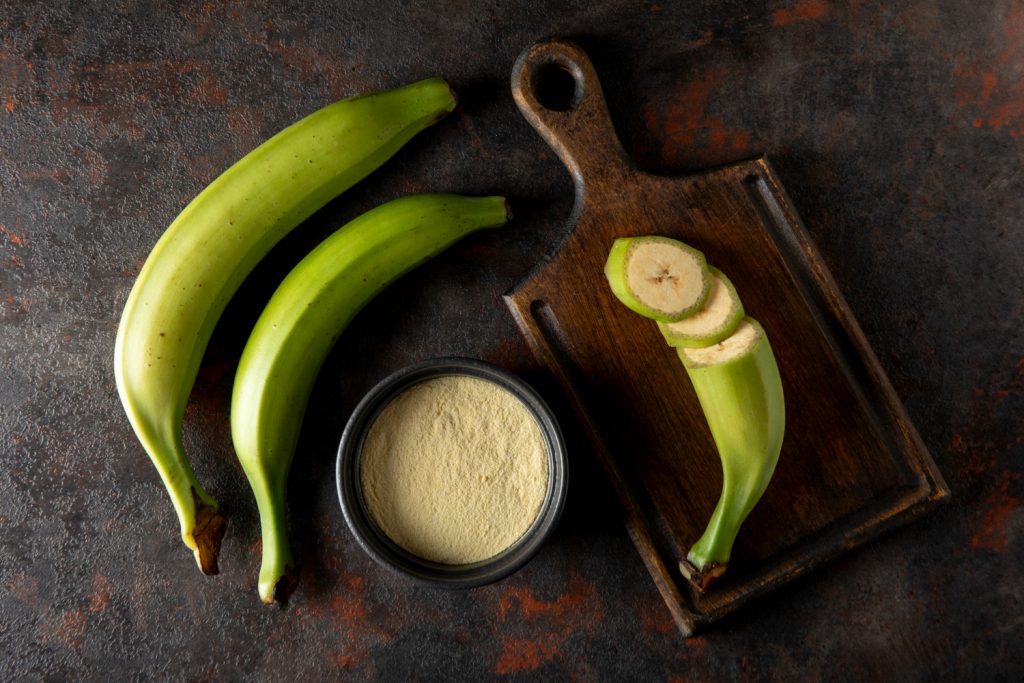What is resistant starch and why is it good for health?
According to a new study, these carbohydrates protect against cancer.
Carbohydrates have gotten a pretty bad rap over the past few decades. Health-conscious people do everything they can to avoid them altogether. But carbs aren't actually bad. And now, there's a growing focus on a type of carbohydrate that's actually good for you. Today, we're going to talk about resistant starch and what constitutes resistant starch.
Of course, resistant starches aren't taught in standard health classes. So it's understandable that you might have questions about what they are and why you should care about them. MigNews will tell you more about them.
What is resistant starch and what is resistant starch?
“Starch is a complex carbohydrate found in plant foods,” says dietitian Alyssa Lupu. Starch is digested, broken down into glucose (aka sugar), and absorbed by the body.
Resistant starches, on the other hand, are a form of complex carbohydrates that the body can't break down and digest. According to Lupu, they pass through the colon and support the beneficial bacteria that live there.
All those TikTok posts about putting rice and pasta in the fridge? Dietitian Jessica Cording says they make sense. “When you refrigerate starchy foods, some of the digestible starches turn into resistant starches in a process called retrogradation,” she says.
This doesn't mean you have to eat cold pasta from now on. “The cooling process creates resistant starches that persist even if the product is reheated before eating,” says Lupu. “This is especially true if you cool the products in the refrigerator.”
Whole grains, beans, and seeds like flax and pumpkin naturally contain resistant starch, says Cording. Bananas that are just starting to ripen (i.e., not yet green) also contain some resistant starch, she adds.
While resistant starch is a healthier form of carbohydrate, Cording says it's not a magic nutrient. “Resistant starch won't magically change your body. But it's functional and beneficial,” she says.
 Eat green bananas to get resistant starch, Source: freepik.com
Eat green bananas to get resistant starch, Source: freepik.com
Foods containing resistant starch include:
- Green bananas (as the banana ripens, the starch turns into regular starch);
- Beans, peas, and lentils (white beans and lentils contain the highest amount of resistant starch);
- Whole grains, including oats and barley;
- Cooked and cooled rice.
Why are resistant starches good for you?
According to nutrition expert Lindsay Malone, resistant starches are actually more like fiber than traditional starches. Of course, fiber has its perks—it promotes digestive health, reduces the risk of heart disease and diabetes, and helps with weight control, according to the Mayo Clinic. Resistant starch has the same benefits, says Cording.
Additionally, resistant starch contains fewer easily digestible calories and serves as a prebiotic that feeds beneficial gut bacteria, according to Malone.
When bacteria in the gut consume resistant starch, they release gas along with short-chain fatty acids, Lupu explains. “These short-chain fatty acids—butyrate in particular—provide nutrition to the cells in the colon and generally protect them,” she says.
Other advantages:
- They can help with weight loss. Resistant starch can help you feel full after eating, which can reduce the risk of overeating.
- Resistant starches can help reduce blood glucose spikes after meals, making them useful in the treatment of diabetes.
- These starches may also help in cancer prevention.
How to add resistant starch to your diet
- Try cooking rice, potatoes, beans, and pasta in advance and chilling them in the refrigerator overnight. You can reheat starches before eating. Reheating does not reduce the amount of resistant starch.
- Instead of cooked oatmeal, you can use uncooked oatmeal soaked in yogurt, milk, or non-dairy milk and chilled in the refrigerator overnight (often called “overnight oatmeal”).
- Add lentils to a salad or soup.
- As a partial flour replacement, try green banana flour, cassava flour, or potato starch. When baking or cooking with these flours, the resistant starch will be lost. You can also use a small amount (1-2 teaspoons) as a food additive.
Some experts recommend combining turmeric with ginger. But why? It turns out that it will benefit your heart.

